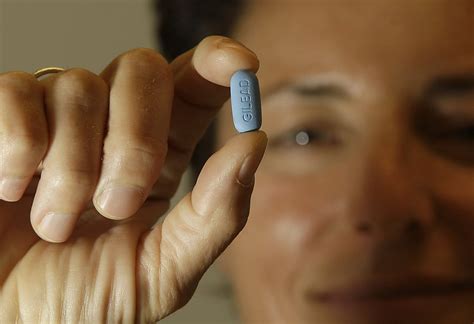The groundbreaking success of Gilead’s new HIV preventive shot, lenacapavir, has heralded a transformative shift in the global fight against HIV. The twice-yearly injection demonstrated 100% efficacy in its latest trial among women in South Africa and Uganda. This marks an unprecedented advancement not only in HIV prevention but in the broader landscape of public health and medical research.
The trial’s results are particularly significant given the historical challenges of adherence to daily pre-exposure prophylaxis (PrEP), such as Truvada. Ensuring patients consistently take their medication has been a persistent barrier in maintaining the efficacy of preventive treatments. A twice-yearly injection circumvents this issue, making it far easier for patients to adhere to their preventive regimen. The benefit is magnified in high-prevalence areas like Sub-Saharan Africa, where access to daily medication is often hampered by logistical and socioeconomic barriers.
In Sub-Saharan Africa, cultural and socio-economic dynamics can complicate the adoption of HIV preventive measures. For instance, some women secretly take PrEP to avoid conflicts with partners who perceive medication use as an implication of infidelity. The lenacapavir injection might mitigate this issue by necessitating fewer clinic visits, thereby reducing the visibility of preventive actions.
Moreover, using lenacapavir as a benchmark, other pharmaceutical companies can innovate similar long-acting preventive treatments. This opens the door to a new era where prevention of other infective diseases might also be managed through more accessible methods. The impact could be particularly transformative for diseases where daily adherence to medication is currently required, providing a more practical solution for both patients and healthcare systems.
One of the more nuanced questions raised in discussions about the trial is how precise adherence to the six-month schedule will be necessary. Will a stretch to seven months compromise efficacy? This isn’t just a practical consideration but a significant medical query that impacts real-world effectiveness. While the trials strictly adhered to the six-month window, ongoing studies will need to explore the flexibility of dosing schedules to optimize patient outcomes without compromising the drug’s protective benefits.
Apart from the expected benefits in efficacy and adherence, cost considerations play a pivotal role. The optimism surrounding the trial results is tempered by concerns that the new medication might be unaffordable for many until its patent expires and generics become available. This brings to light an enduring issue in pharmaceutical innovation: the balance between recuperating research and development costs for companies and providing accessible healthcare solutions for populations in need.
Critics have pointed out the ethical implications of drug trials in developing countries, raising questions about informed consent and the equitable treatment of trial participants. Ensuring that trials are conducted ethically and that participants fully understand and consent to the risks involved is crucial. This ethical dimension must be addressed transparently to maintain trust in medical research and to ensure that the benefits of such groundbreaking treatments are shared equitably across populations.
In summary, Gilead’s lenacapavir injection represents a monumental step in HIV prevention, with implications that reach far beyond the immediate success of the trial. It promises not just a more effective tool against a relentless virus but also a paradigm shift in how medical communities approach the prevention of infectious diseases. The real challenge now lies in ensuring that this innovative treatment becomes widely accessible and affordable, turning scientific triumph into public health success. As we navigate these complexities, continued research, ethical oversight, and international cooperation will be key to leveraging this medical breakthrough to its full potential.


Leave a Reply